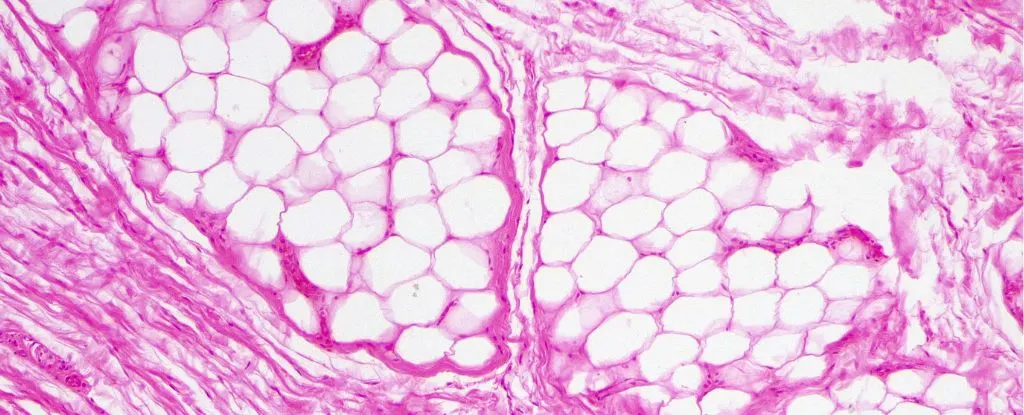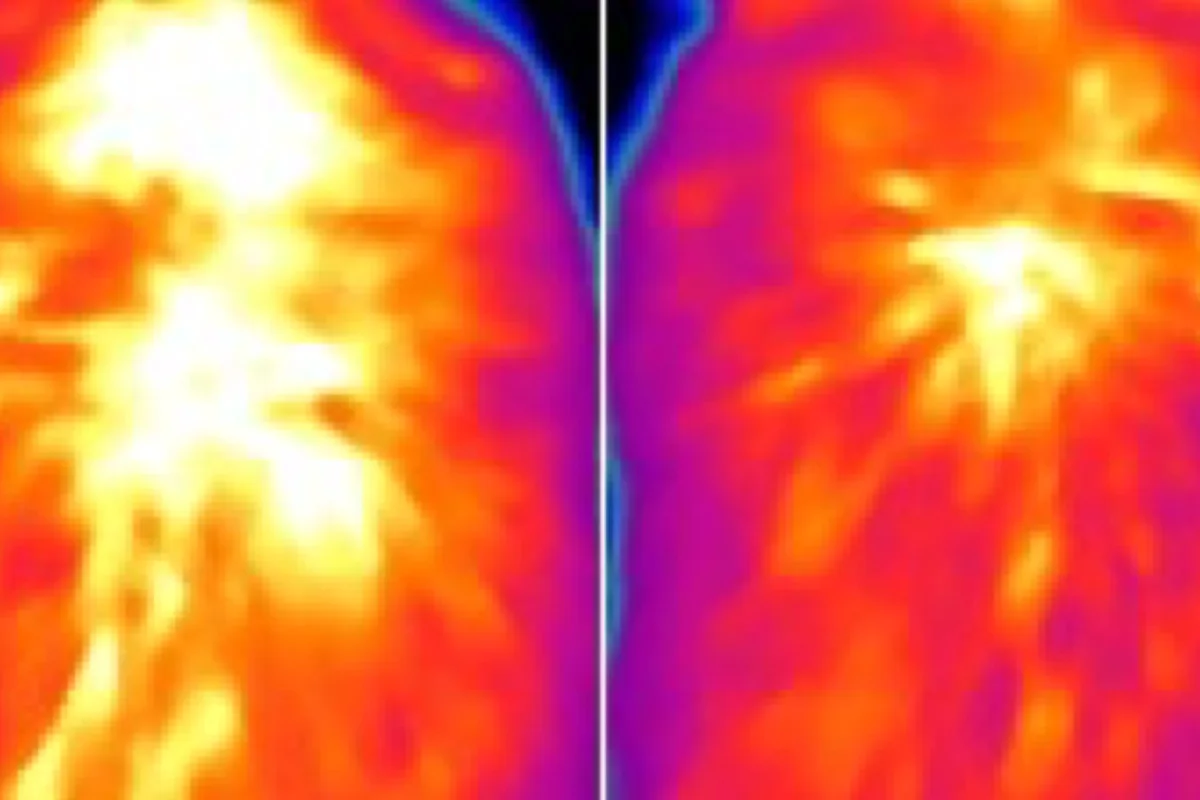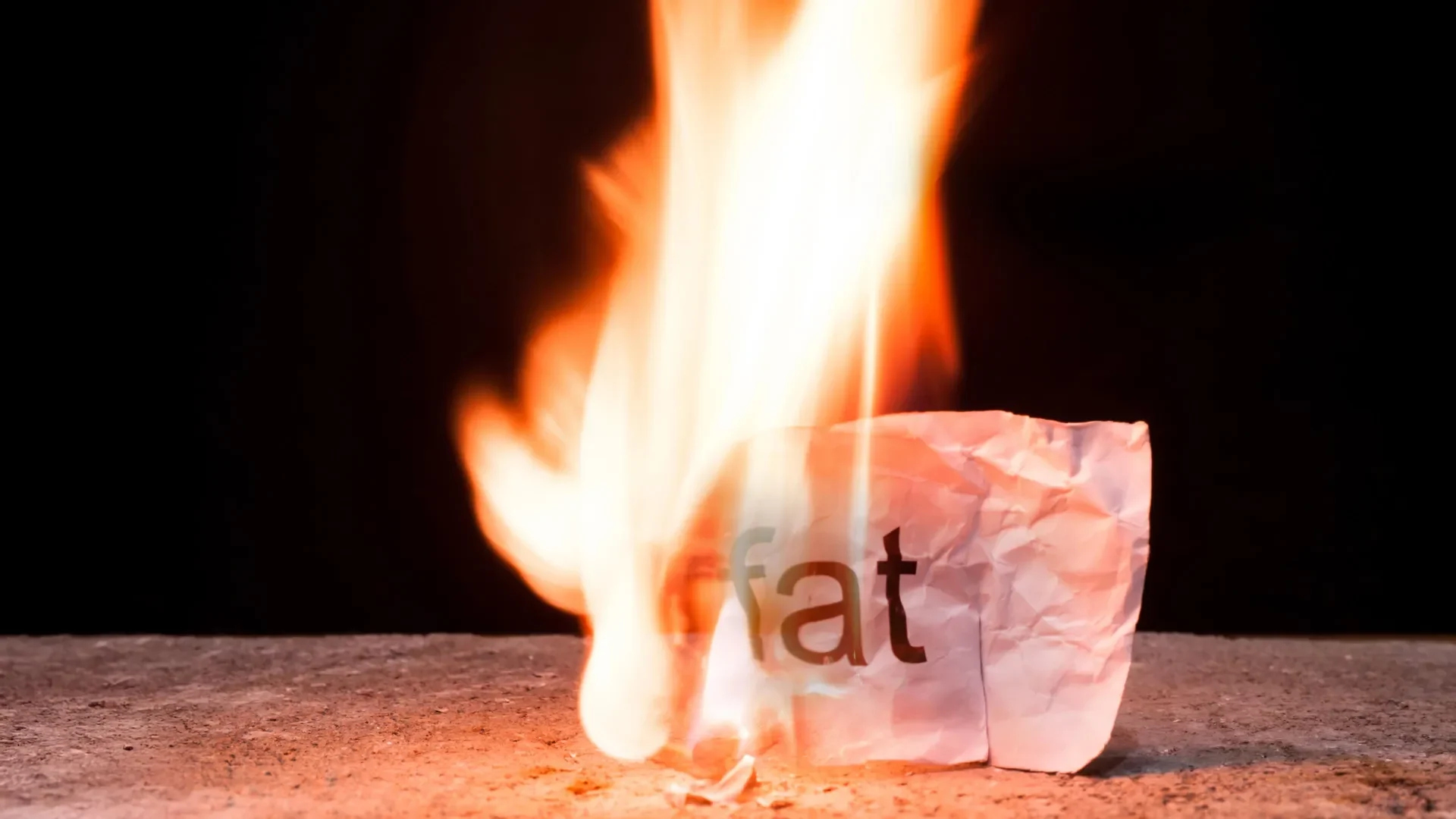Washington University scientists discovered a new backup heat-generating mechanism in brown fat, providing insights into obesity treatment.

October 9, 2025

Source:
ScienceAlert
Discovery of an Alternative Heat-Generating Mechanism
Scientists at Washington University School of Medicine in St. Louis have uncovered a newly identified backup pathway in brown adipose tissue (BAT) that enables heat production and calorie burning beyond the previously known system.
Traditionally, brown fat was believed to rely solely on a mitochondrial protein, uncoupling protein 1 (UCP1), to convert energy into heat. However, recent experiments showed that even in the absence of UCP1, mice could still generate heat, indicating another mechanism at play.
This alternative system involves peroxisomes within brown fat cells, particularly a protein called acyl-CoA oxidase 2 (ACOX2). When exposed to cold, the number of peroxisomes in brown fat rises, increasing heat generation even without UCP1 activity.
Keep up with the story. Subscribe to the PR+ free daily newsletter

Source:
WashU Medicine
Biological Impact and Medical Relevance
How the Mechanism Works
Peroxisomes are small organelles known for breaking down fatty acids. The research team showed that overexpressing ACOX2 in mice escalated brown fat's ability to produce heat and improved overall metabolic health. These mice tolerated cold better, had improved insulin sensitivity, and resisted diet-induced obesity.
Potential Medical Applications
Obesity and Metabolic Health: Brown fat activation could become a new therapeutic avenue, potentially making weight loss treatments more effective (see Nature).
Other Pathways: Studies in MCJ-deficient and IF1-regulated pathways provide parallel possibilities for targeting brown fat to boost metabolism and prevent metabolic diseases (EMBO Journal).
Read More

Source:
ScienceDaily
Share this news:




















